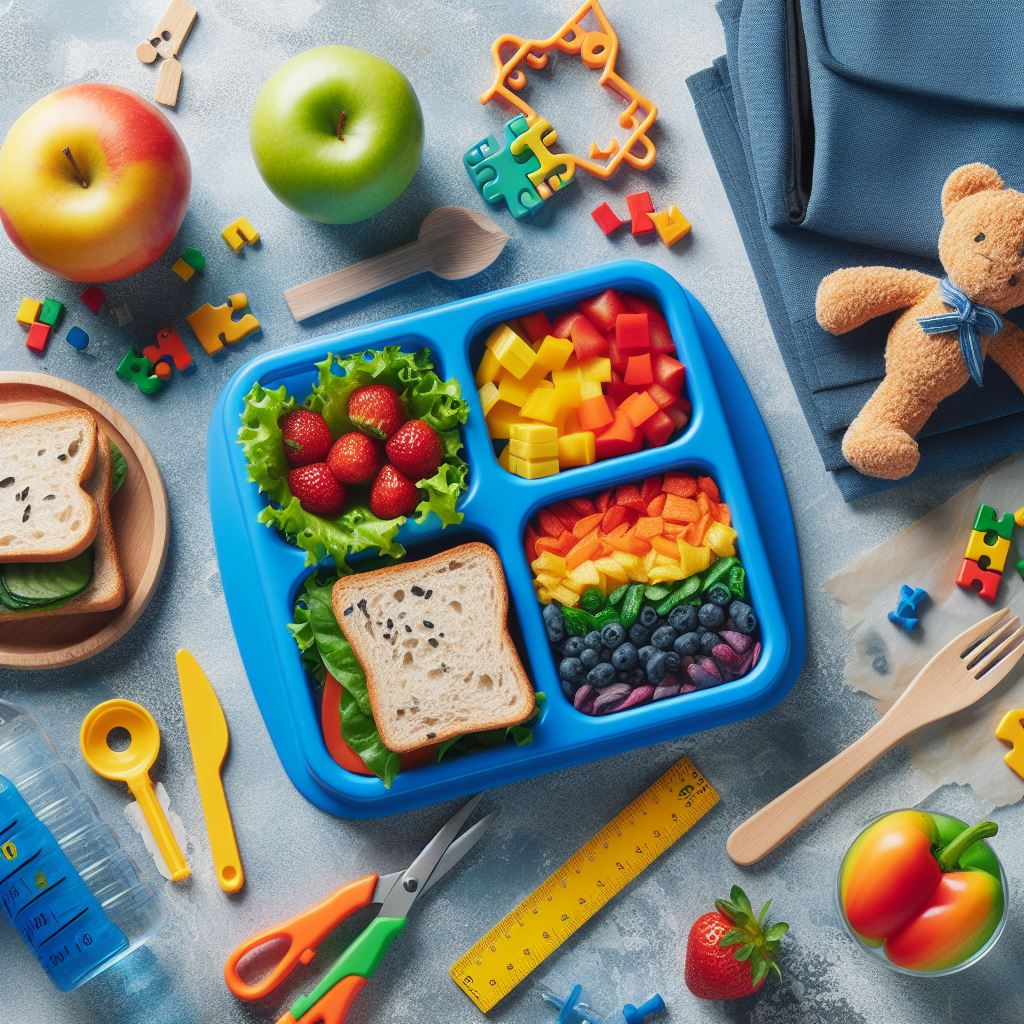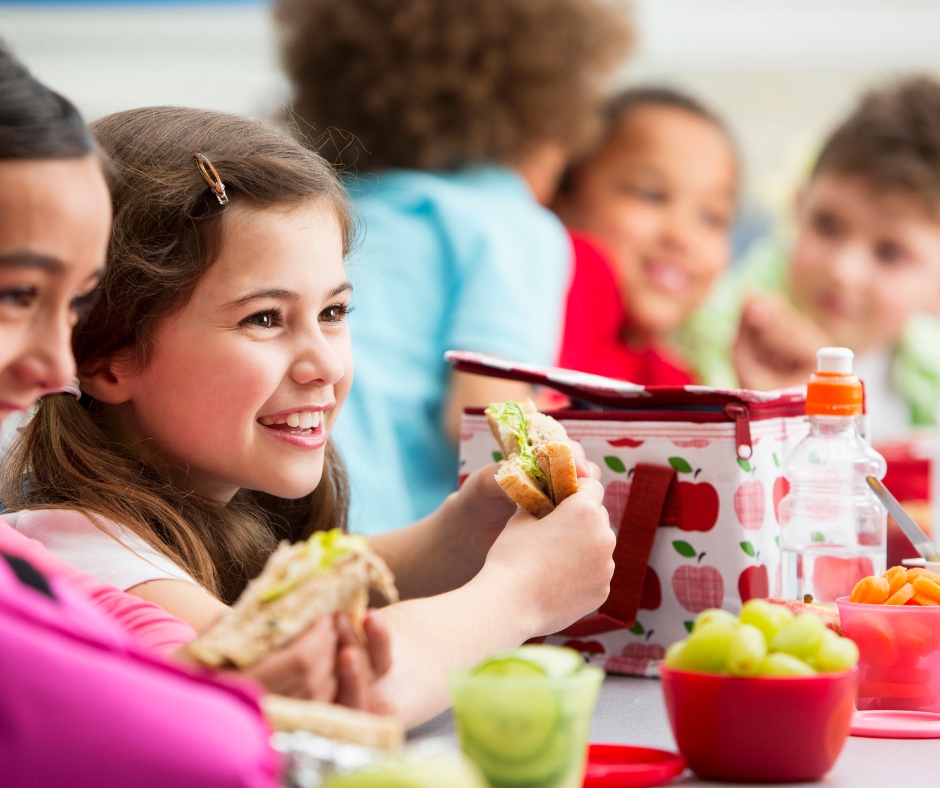In the dynamic world of school, nourishing our children with sensory-friendly and balanced lunches is vital for their well-being and success, especially for kids on the spectrum. As parents and caregivers, understanding the unique needs of these children is key to supporting their growth. In this blog, we’ll delve into the significance of sensory-friendly school lunches and provide creative ideas to ensure kids on the spectrum enjoy nutritious and delightful meals.

The Importance of Sensory-Friendly School Lunches:
Sensory Support: Recognising and accommodating sensory sensitivities is crucial. Foods with varying textures, temperatures, and flavours can be tailored to provide comfort and ease for children on the spectrum.
Nutritional Boost: Nutrient-dense options support cognitive function and physical development. Crafting lunches that cater to specific preferences ensures children get the necessary nutrients for their well-being.
Establishing Positive Eating Habits: Introducing sensory-friendly foods early on fosters positive eating habits. Create an enjoyable and stress-free dining experience by tailoring meals to individual preferences.
Tips for Crafting Sensory-Friendly School Lunches:
Texture and Consistency: Offer a variety of textures, from crunchy to smooth, and experiment with different consistencies to find what appeals to the child. For example, provide carrot sticks for a satisfying crunch or creamy hummus for a smooth texture.
Colourful Presentation: Create visually appealing meals with a burst of colours. Use vibrant fruits and vegetables to make the lunch visually inviting, helping children on the spectrum feel more comfortable trying new foods.
Personalised Bento Boxes: Divide lunches into small, separate compartments to allow for individualised portions. This helps children avoid food touching, a common preference among those on the spectrum.
Familiar Favorites: Include familiar and preferred foods to provide a sense of comfort. Introducing new items alongside familiar ones can encourage exploration without overwhelming the child.
Interactive Eating: Incorporate interactive elements, such as DIY wraps or assembling their own lunches. This hands-on approach can make the mealtime experience more engaging and enjoyable.
Hydration Fun: Make hydration enjoyable by infusing water with natural flavours like berries or using colourful, reusable straws. Encourage sipping throughout the day to maintain hydration.
Routine and Predictability: Stick to a routine with consistent lunchtime schedules and familiar meal components. Predictability can create a sense of security for children on the spectrum.
Sensory-Friendly School Lunch Ideas:
Build-Your-Own Sandwich: Provide an array of bread, spreads, and toppings for a custom sandwich-making experience.

Rainbow Veggie Skewers: Colourful skewers with a mix of vegetables and dip for a visually appealing and tactile eating experience.
Fruity Yogurt Parfait: Layered yoghurt with fresh fruit and granola for a delicious and textured treat.
Cheese and Cracker Shapes: Use cookie cutters to create fun shapes from cheese and whole-grain crackers.
Smoothie Popsicles: Blend favourite fruits with yogurt and freeze them into popsicles for a refreshing and tactile snack.
Investing time and consideration into crafting sensory-friendly school lunches is a positive step towards empowering the minds of children on the spectrum. By tailoring meals to their sensory needs and preferences, we can create a supportive environment that fosters healthy eating habits and a joyful relationship with food. Let’s work together to ensure every child can thrive and enjoy nutritious and delightful school lunches regardless of their unique needs.
